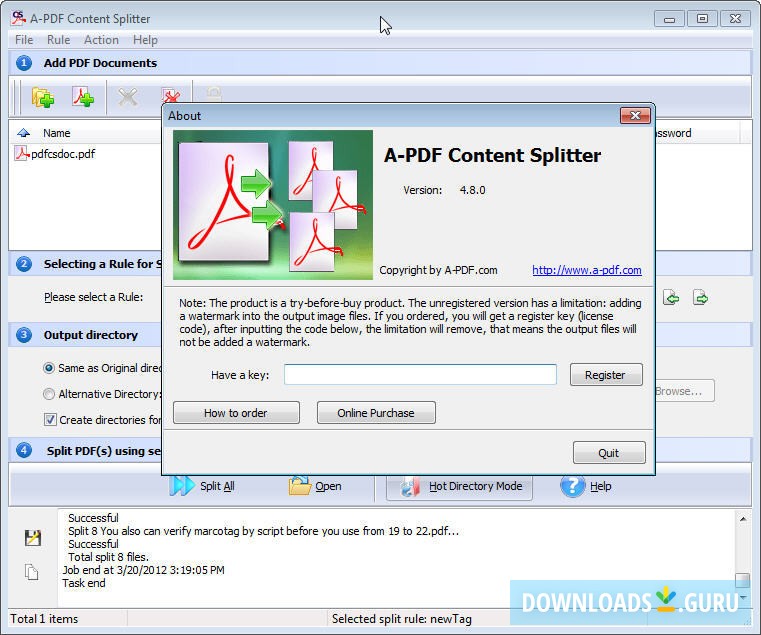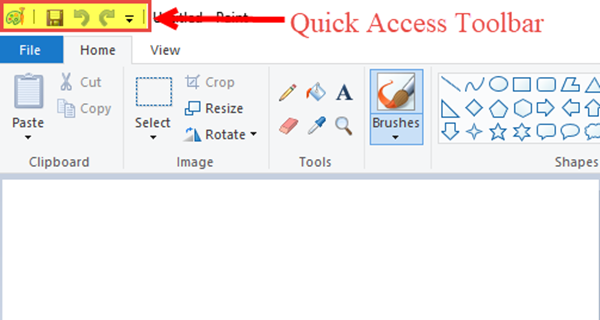
- Best windows 10 file properties editor how to#
- Best windows 10 file properties editor pdf#
- Best windows 10 file properties editor upgrade#
Best windows 10 file properties editor upgrade#
You can upgrade to the Pro version for more features. Listary's Free version is already feature rich. You'll find helpful commands to make day-to-day file operations simpler. Press the right arrows key on the keyboard to expand the Explorer context menu and Listary's action menu. With Listary fuzzy search, you can find files just by typing a few characters. Listary also integrates with "Open and Save Dialog Box" to quickly open and save files. You can add/remove folders, commands, and customize them so that they're easily accessible. Everything you see in the 'Details' tab is part of the metadata information, and you can quickly edit most of it by clicking the value field next to the property.

In the next dialog, under Attributes, you can set or remove the Read-only and Hidden attributes. On the Home tab of the Ribbon, click on the Properties button. Select the file whose attributes you want to change. Right-click a song, and select Properties. Open File Explorer and go to the folder that contains your files. The Favorites icon shows a list of folders, Recent icon lists all the directories you browsed recently, and Intelligent Commands lists some helpful commands. Browse the location of the songs you want to edit. On the first launch, a search bar will pop up with three icons built into them. Some of the apps mentioned in the list also work on older versions as well. Listary is a search utility app that lets you quickly find files on your PC and perform actions with a press of a hotkey. Open PowerShell, type “regedit,” and then hit Enter.We end up wasting a lot of time browsing through folders to find the important files since the built-in search isn't too smart. The command is the same for both apps, but we’re using PowerShell. You can also open Registry Editor from either Command Prompt or PowerShell. Open Registry Editor via Command Prompt or PowerShell Press Windows+R to open the Run dialog box, type “regedit” in the text field, and then press Enter.Ī User Account Control (UAC) dialog appears asking if you want Registry Editor admin privileges Click “Yes” and Registry Editor opens. Then, if something goes wrong, you can always rollback your system. We also recommend you create a System Restore point before you make any edits. Set-Property This pop-up window has two options: Property Name and Property Value.

Double-clicking a line also brings the property editor into view or you can use the keyboard shortcut Control + N.


Use this to add, edit or remove a property.
Best windows 10 file properties editor how to#
RELATED: How to Backup and Restore the Windows Registry Right-click anywhere in the properties pane to view the built-in context menu. And definitely back up the registry and your computer before you make any changes. a text editor program pops up an error message informing you the file is read-only.
Best windows 10 file properties editor pdf#
This PDF editor for PC helps you to edit, manage pages, annotate, and more. If you’ve never worked with the Registry Editor before, give this a read before you get started. This article is all about understanding File Attributes in Windows. Icecream Apps PDF-Editor is an intuitive software that enables you to create and make changes in the PDF file. Warning: Registry Editor is a powerful tool, and misusing it could render your system unstable, or even inoperable. However, if you find a registry hack on a trusted website, you’ll have to open the Registry Editor to make the change. You shouldn’t use the Registry Editor unless you know what you’re doing because you could corrupt your Windows operating system.


 0 kommentar(er)
0 kommentar(er)
